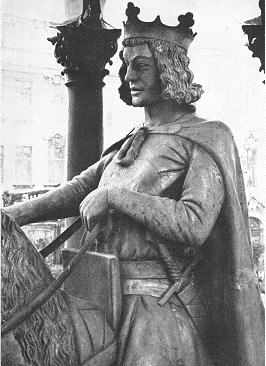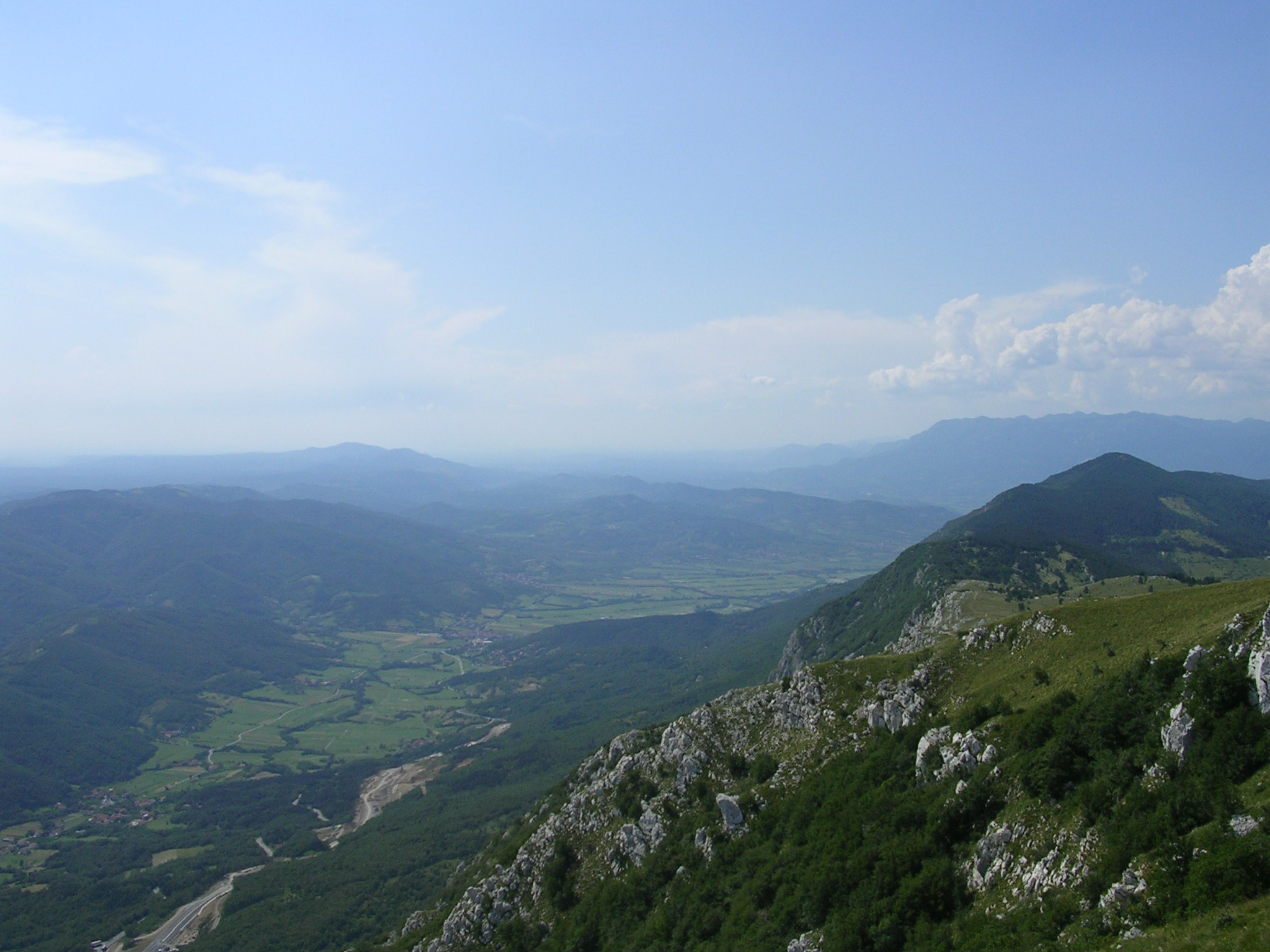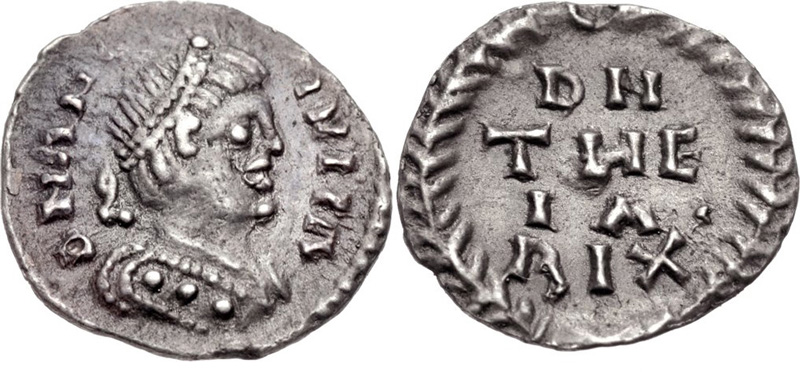|
List Of Heads Of State Of Italy
This is a list of the heads of state of Italy. The first to take the title was Odoacer, a Barbarian kingdoms, barbarian military leader, in the late 5th century, followed by the Ostrogothic Kingdom, Ostrogothic kings up to the mid-6th century. With the Franks, Frankish conquest of Italy in the 8th century, the Carolingians assumed the title, which was maintained by subsequent Holy Roman Emperors throughout the Middle Ages. The last Emperor to claim the title was Charles V, Holy Roman Emperor, Charles V in the 16th century. During this period, the holders of the title were crowned with the Iron Crown of Lombardy. From the Italian unification, unification of Italy in 1861 to 1946 the head of state was the King of Italy, who was the same person as the List of monarchs of Sardinia, King of Sardinia according to the Statuto Albertino, Constitution. Italy became a republic under the Constitution of Italy, Constitution of 1948 and the monarch was replaced by a President of Italy, Preside ... [...More Info...] [...Related Items...] OR: [Wikipedia] [Google] [Baidu] |
Odoacer
Odoacer ( ; – 15 March 493 AD), also spelled Odovacer or Odovacar, was a soldier and statesman of barbarian background, who deposed the child emperor Romulus Augustulus and became Rex/Dux (476–493). Odoacer's overthrow of Romulus Augustulus is traditionally seen as marking the end of the Western Roman Empire as well as Ancient Rome. Though the real power in Italy was in his hands, he represented himself as the client of the emperor in Constantinople, Zeno. Odoacer often used the Roman honorific patrician, granted by Zeno, but was referred to as a king ( la, rex) or duke ( la, dux) in many documents, so is not clear which was his actual charge. He himself used the title of king in the only surviving official document that emanated from his chancery, and it was also used by the consul Basilius. Odoacer introduced few important changes into the administrative system of Italy. He had the support of the Roman Senate and was able to distribute land to his followers without muc ... [...More Info...] [...Related Items...] OR: [Wikipedia] [Google] [Baidu] |
Theodahad
Theodahad, also known as Thiudahad ( la, Flavius Theodahatus , Theodahadus, Theodatus; 480 – December 536) was king of the Ostrogoths from 534 to 536. Early life Born at in Tauresium, Theodahad was a nephew of Theodoric the Great through his mother Amalafrida. He is probably the son of Amalafrida's first husband because her second marriage was about 500 AD. His sister was Amalaberga. His father's identity remains unknown. He may have arrived in Italy with Theodoric and was elderly at the time of his accession. Massimiliano Vitiello states the name "Theodahad" is a compound of 'people' and 'conflict'. Before becoming king, his kinswoman Amalaswintha ruled. During her rule, potential enemies were murdered or humiliated. Theodahad was accused of land grabbing and forced to return land he had supposedly stolen. Letters written in the name of King Theodoric to Theodahad imply that the land was taken by force. King After the death of Theodahad's nephew Athalaric, the queen ... [...More Info...] [...Related Items...] OR: [Wikipedia] [Google] [Baidu] |
Arioald
Arioald was the Lombard king of Italy from 626 to 636. Duke of Turin, he married the princess Gundeberga, daughter of King Agilulf and his queen Theodelinda. He was, unlike his father-in-law, an Arian who did not accept Catholicism. Arioald deposed Agilulf's heir Adaloald with the support of the nobility, for Adaloald had gone mad. Upon becoming king, he had his wife locked up in a monastery, accusing her of plotting against him with Tasson, duke of Friuli The dukes and margraves of Friuli were the rulers of the Duchy and March of Friuli in the Middle Ages. The dates given below, when contentious, are discussed in the articles of the respective dukes. Lombard dukes * 568–c.584 Grasulf I * 5 .... He also reestablished Arianism in the Lombard kingdom. His only recorded wars were against the Avars, whom he succeeded in repelling during an attempted invasion of northeast Italy. Notes {{DEFAULTSORT:Arioald 7th-century Lombard monarchs 7th-century Ari ... [...More Info...] [...Related Items...] OR: [Wikipedia] [Google] [Baidu] |
Adaloald
Adaloald (602–628) was the Lombard king of Italy from 616 to 626. He was son and heir of King Agilulf and his Catholic queen Theodelinda. He was baptised shortly after his birth in 602; the abbot Secundus of Non (later historian) was his godfather. He was an associate king, raised on the shield by the warriors at his father's request, when still young. Upon becoming sole king as a teenager, he reigned with his mother serving as regent. In his ''History of the Lombards'', Paul the Deacon reports that many churches were renovated and many donations to holy sites were made under their joint reign. Adaloald went insane and lost the support of the nobles. He was deposed by them in 626 and replaced by Arioald, a Lombard noble from Turin and husband of the king's sister Gundeberga, who was hostile to the Catholic Church. Adaloald died mysteriously in Ravenna Ravenna ( , , also ; rgn, Ravèna) is the capital city of the Province of Ravenna, in the Emilia-Romagna region o ... [...More Info...] [...Related Items...] OR: [Wikipedia] [Google] [Baidu] |
Agilulf
Agilulf ( 555 – April 616), called ''the Thuringian'' and nicknamed ''Ago'', was a duke of Turin and king of the Lombards from 591 until his death. A relative of his predecessor Authari, Agilulf was of Thuringian origin and belonged to the Anawas clan. He is sometimes cited as dux Turingorum de Taurinis, that is, as a real "national" leader of a group of Thuringians who had joined the Lombards when their kingdom fell to the Franks in 531. He was selected king on the advice of the Christian queen and widow of Authari, Theodelinda, whom he then married. Although he assumed the royal dignity at the beginning of November 590, he was raised on the shield—the ceremonial investment of his title—by Lombard warriors in Milan in May 591. He was baptized to appease his wife and his nation followed suit, though they adopted the Arian, not the Roman, faith. In 603, under the influence of his wife, he abandoned Arianism for Catholicism, and had his son Adaloald baptised. He and his wi ... [...More Info...] [...Related Items...] OR: [Wikipedia] [Google] [Baidu] |
Authari
Authari (c. 550 – 5 September 590) was king of the Lombards from 584 to his death. He was considered as the first Lombard king to have adopted some level of "Roman-ness" and introduced policies that led to drastic changes particularly in the treatment of the Romans and Christianity. Rule Authari was the son of Cleph, King of the Lombards. When the latter died in 574, the Lombard nobility refused to appoint a successor, resulting in a ten-years-long interregnum known as the Rule of the Dukes. In 574 and 575 the Lombards invaded Provence, then part of the kingdom of Burgundy of the Merovingian Guntram. The latter, in alliance with his nephew, the king of Austrasia Childebert II, replied by invading Northern Italy. The Austrasian army descended the valley of the Adige and took Trent. The Byzantine emperor, Tiberius II, began to negotiate an alliance with the Franks, and so the Lombards, fearful of a pincer movement, elected another king. In 584, they elected Duke Authar ... [...More Info...] [...Related Items...] OR: [Wikipedia] [Google] [Baidu] |
Rule Of The Dukes
The Rule of the Dukes was an interregnum in the Lombard Kingdom of Italy (574/5–584/5) during which Italy was ruled by the Lombard dukes of the old Roman provinces and urban centres. The interregnum is said to have lasted a decade according to Paul the Deacon, but all other sources—the ''Fredegarii Chronicon'', the '' Origo Gentis Langobardorum'', the ''Chronicon Gothanum'', and the Copenhagen continuator of Prosper Tiro—accord it twelve years. Here is how Paul describes the dukes' rule: After his death the Langobards had no king for ten years but were under dukes, and each one of the dukes held possession of his own city, Zaban of Ticinum, Wallari of Bergamus, Alichis of Brexia, Euin of Tridentum, Gisulf of Forum Julii. But there were thirty other dukes besides these in their own cities. In these days many of the noble Romans were killed from love of gain, and the remainder were divided among their "guests" and made tributaries, that they should pay the third p ... [...More Info...] [...Related Items...] OR: [Wikipedia] [Google] [Baidu] |
Cleph
Cleph (also ''Clef'', ''Clepho'', or ''Kleph'') was king of the Lombards from 572 to 574. He succeeded Alboin, to whom he was not related by blood. He was a violent and terrifying figure to the Romans and Byzantines struggling to maintain control of the Italian Peninsula. He extended Lombard dominion over all of Northern Italy, finishing the conquest of Tuscany and bringing Lombard authority to the gates of Ravenna. He was assassinated after an 18-month reign by a young guard, a slave whom he had mistreated. His death was followed by a 10-year interregnum, known as the Rule of the Dukes because the territorial dukes were supreme. His son, Authari Authari (c. 550 – 5 September 590) was king of the Lombards from 584 to his death. He was considered as the first Lombard king to have adopted some level of "Roman-ness" and introduced policies that led to drastic changes particularly in th ..., eventually took the throne in 585. Notes 574 deaths 6th-century L ... [...More Info...] [...Related Items...] OR: [Wikipedia] [Google] [Baidu] |
Alboin
Alboin (530s – 28 June 572) was king of the Lombards from about 560 until 572. During his reign the Lombards ended their migrations by settling in Italy, the northern part of which Alboin conquered between 569 and 572. He had a lasting effect on Italy and the Pannonian Basin; in the former his invasion marked the beginning of centuries of Lombard rule, and in the latter his defeat of the Gepids and his departure from Pannonia ended the dominance there of the Germanic peoples. The period of Alboin's reign as king in Pannonia following the death of his father, Audoin, was one of confrontation and conflict between the Lombards and their main neighbors, the Gepids. The Gepids initially gained the upper hand, but in 567, thanks to his alliance with the Avars, Alboin inflicted a decisive defeat on his enemies, whose lands the Avars subsequently occupied. The increasing power of his new neighbours caused Alboin some unease however, and he therefore decided to leave Pannonia for It ... [...More Info...] [...Related Items...] OR: [Wikipedia] [Google] [Baidu] |
Kingdom Of The Lombards
The Kingdom of the Lombards ( la, Regnum Langobardorum; it, Regno dei Longobardi; lmo, Regn di Lombard) also known as the Lombard Kingdom; later the Kingdom of (all) Italy ( la, Regnum totius Italiae), was an early medieval state established by the Lombards, a Germanic people, on the Italian Peninsula in the latter part of the 6th century. The king was traditionally elected by the very highest-ranking aristocrats, the dukes, as several attempts to establish a hereditary dynasty failed. The kingdom was subdivided into a varying number of duchies, ruled by semi-autonomous dukes, which were in turn subdivided into gastaldates at the municipal level. The capital of the kingdom and the center of its political life was Pavia in the modern northern Italian region of Lombardy. The Lombard invasion of Italy was opposed by the Byzantine Empire, which retained control of much of the peninsula until the mid-8th century. For most of the kingdom's history, the Byzantine-ruled Exarchate of ... [...More Info...] [...Related Items...] OR: [Wikipedia] [Google] [Baidu] |
Teia
Teia (died 552 or 553 AD), also known as Teja, Theia, Thila, Thela, and Teias, was the last Ostrogothic King of Italy. He led troops during the Battle of Busta Gallorum and had noncombatant Romans slaughtered in its aftermath. In late 552/early 553, he was killed during the Battle of Mons Lactarius. Archaeological records attesting to his rule show up in coinage found in former Transalpine Gaul. Life Teia (Teja) was a military officer serving under Totila, who was chosen as his successor and raised over a shield after Totila was killed in the Battle of Taginae (also known as the ''Battle of Busta Gallorum'') in July 552. After this major Gothic defeat Teia gathered together the remaining Goths. In an act of revenge for the losses at ''Busta Gallorum'', Teia ordered the death of all the Roman senators in Campania including Flavius Maximus, who had been exiled by Belisarius. He also had some 300 Roman children slaughtered, whom Totila had held hostage. Teia then made his way to Pav ... [...More Info...] [...Related Items...] OR: [Wikipedia] [Google] [Baidu] |
Totila
Totila, original name Baduila (died 1 July 552), was the penultimate King of the Ostrogoths, reigning from 541 to 552 AD. A skilled military and political leader, Totila reversed the tide of the Gothic War, recovering by 543 almost all the territories in Italy that the Eastern Roman Empire had captured from his Kingdom in 540. A relative of Theudis, sword-bearer of Theodoric the Great and king of the Visigoths, Totila was elected king by Ostrogothic nobles in the autumn of 541 after King Witigis had been carried off prisoner to Constantinople. Totila proved himself both as a military and political leader, winning the support of the lower classes by liberating slaves and distributing land to the peasants. After a successful defence at Verona, Totila pursued and defeated a numerically superior army at the Battle of Faventia in 542 AD. Totila followed these victories by defeating the Romans outside Florence and capturing Naples. By 543, fighting on land and sea, he had reconq ... [...More Info...] [...Related Items...] OR: [Wikipedia] [Google] [Baidu] |





